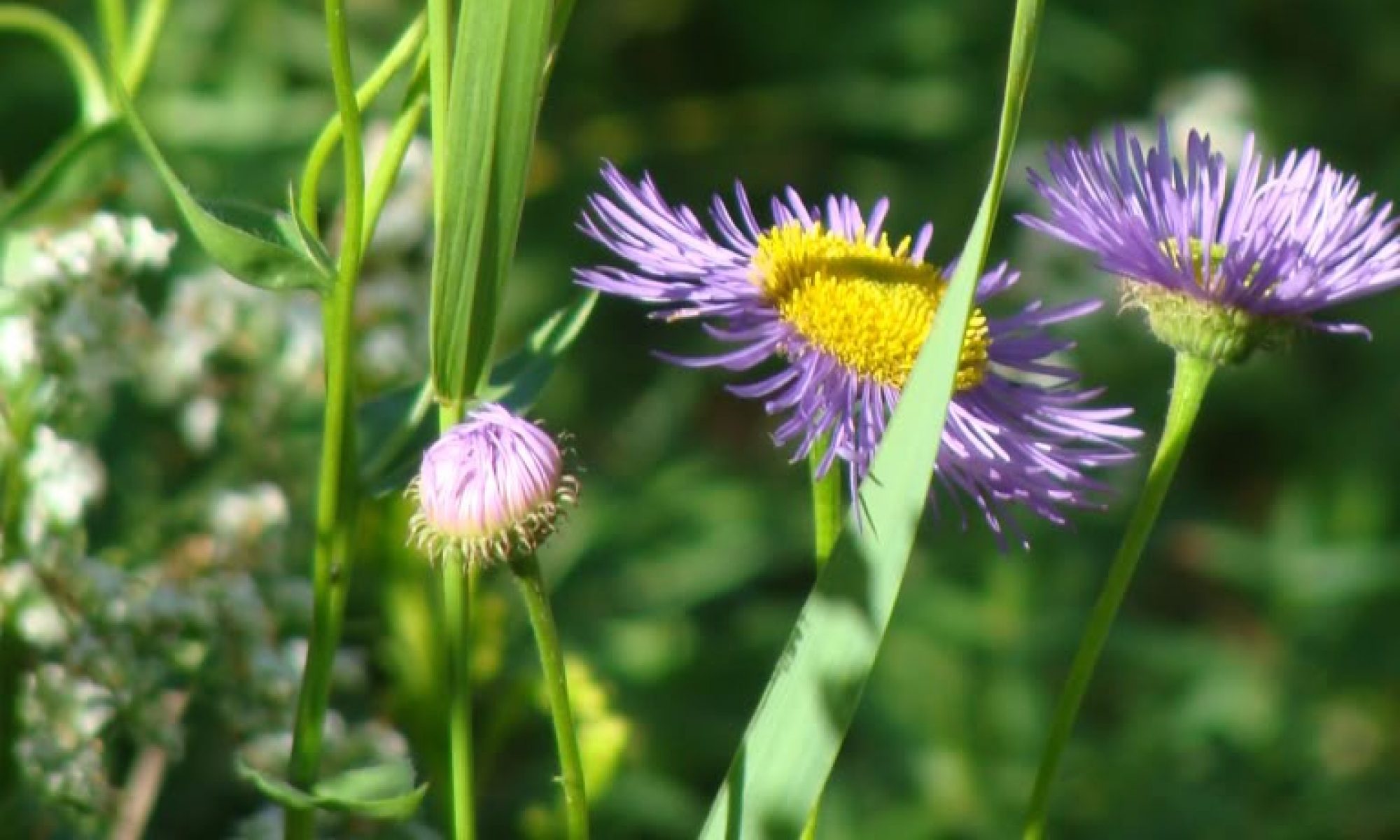I found a seller on eBay who features native seeds so I thought I’d try another batch as part of my January native seed starting efforts. I planted them up in an organic cactus/succulent mix today in the hopes that good drainage will suit all the seeds over the very wet winter and spring. Varieties include native vine maple, rhododendron, devil’s club, aspen, white pine, trillium, salmonberry, thimbleberry, strawberry, and two kinds of huckleberry. There were only a few seeds of each type. We’ll see what comes of it all. It felt good to get them planted and we’re expecting a bunch of rain the next few days. They’ll be able to start absorbing water (they seemed pretty dry, which had me worried).
My home office, which is our extra bedroom and my workout room, has gotten a bit dreary because it now is the place I drag myself at least several days a week to perform my job. By utilizing the desk to also plant native seeds, the space gives me more joy again and less anxiety.

After all the snow and ice disappeared I was afraid of what kinds of plant damage would be revealed, especially among my potted plants. But the cold doesn’t seem to have impacted the native seedlings. For example, the young Gilia capitata and Aquilegia formosa seedlings seem fine, although the weight of the snow may have bent or broken some leaves/branches.
I started the arduous task of removing invasives today, as it was a beautiful, spring-like day. I started with a non-native, but non-invasive plant by cutting back the old camellia shrub. The wood is so hard it will take me several months to get it cut all the way back–it has an interesting, serpentine network of branches that each need to be cut back to the ground.

I plan to cut this way back to the main trunk so it can start growing again as a small bushy shrub and not the giant thug it has become.
Around the same area, some true invasives are popping up. The worst of the maleficent marauders are Daphne laureola seedlings. The spurge laurels really love this particular part of the yard and there are large plants as well as bunches of seedlings springing up where berries have dropped.

Luckily, the small plants are easy to pull, so I plucked these out today. I’ll tackle the bigger plants in the coming weeks.
European holly, though less prominent in my garden, is an aggressive invader that birds drop all over the place. I usually pull them out when they are little, but it is so easy to miss them and then be faced with a bigger shrub that is tougher to eradicate. Here is one that popped up behind the camellia, already my height!

I saw a lot of hollies on a walk around the neighborhood today. One reason to remove invasives is that nature is really trying to recover in our neighborhoods in the spaces humans are ignoring. For example, in the ditches and the spaces outside of people’s fences, I noticed native salal and Oregon grape growing. They are struggling, however, as they have invasive blackberries and hollies growing over them, shading and pushing them out. It is the double-whammy of having removed all the native plants and then introducing invasive non-natives that make it so difficult for normally resilient plants to make a comeback.
Walking next to Ingraham High School, where there has been an intentional focus on native plantings and maintaining mature native trees, I was happy to hear and see kinglets today and nuthatches, all hunting bugs in the native trees and shrubs to the west of the school. The Oregon grape shrubs there are stunning, having colored up due to the light and cold. Their leaves are polished to an impossible shine right now–just beautiful.





